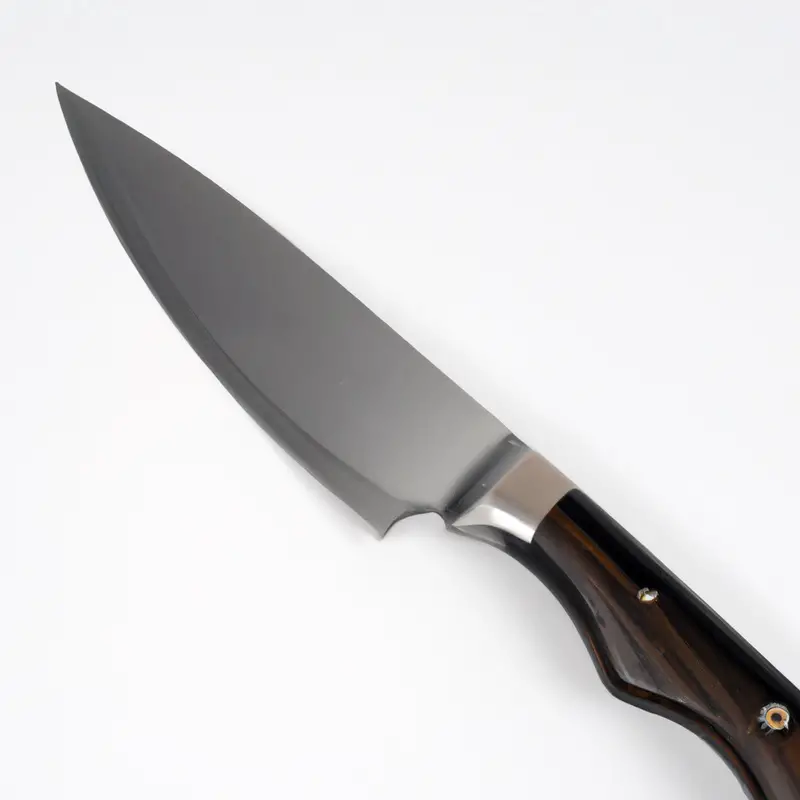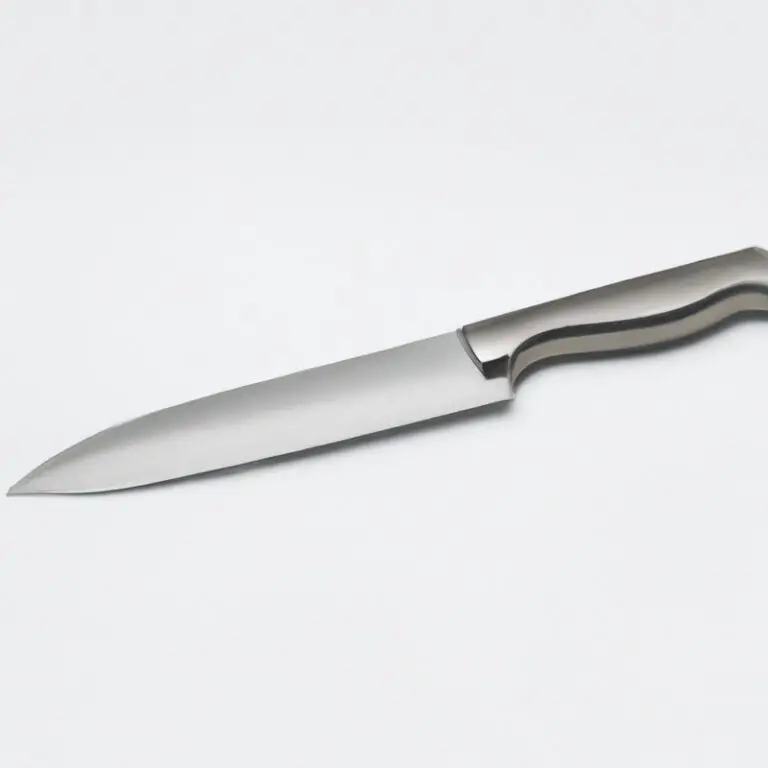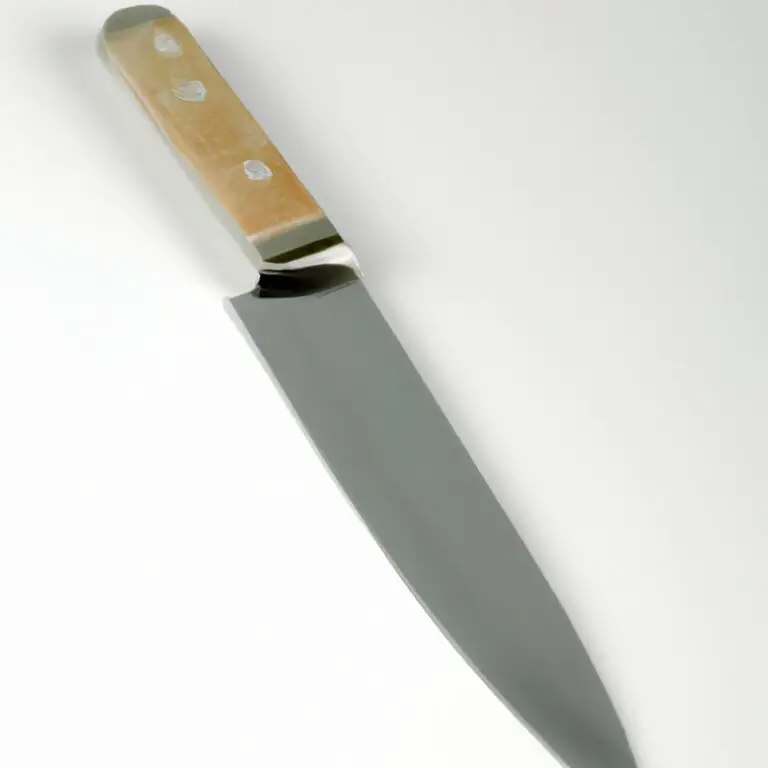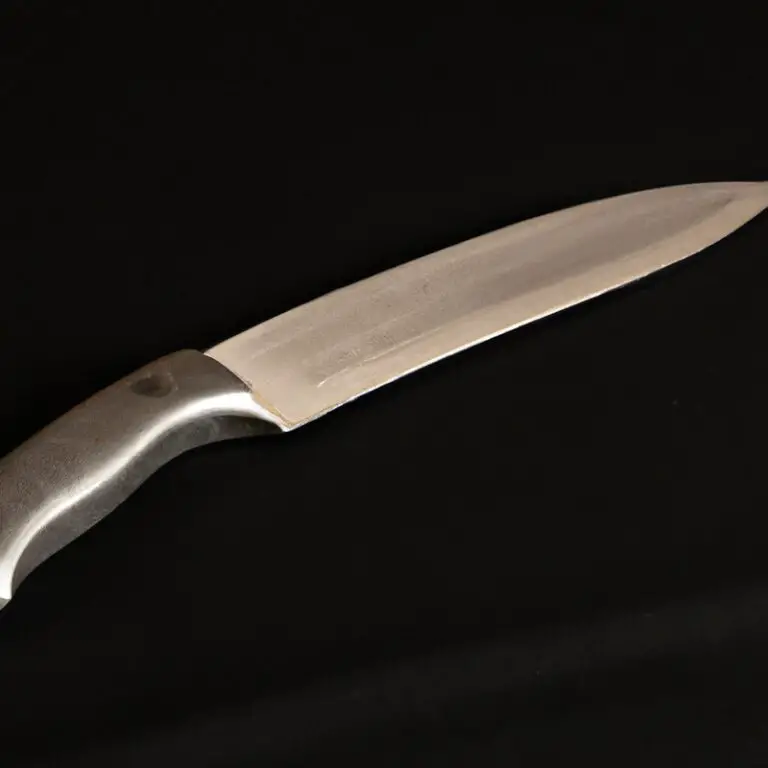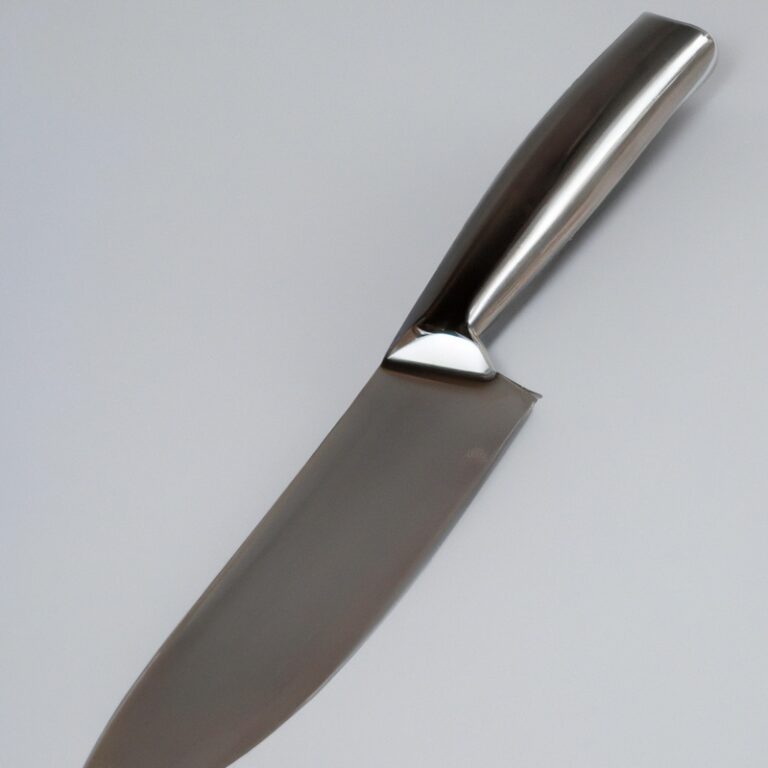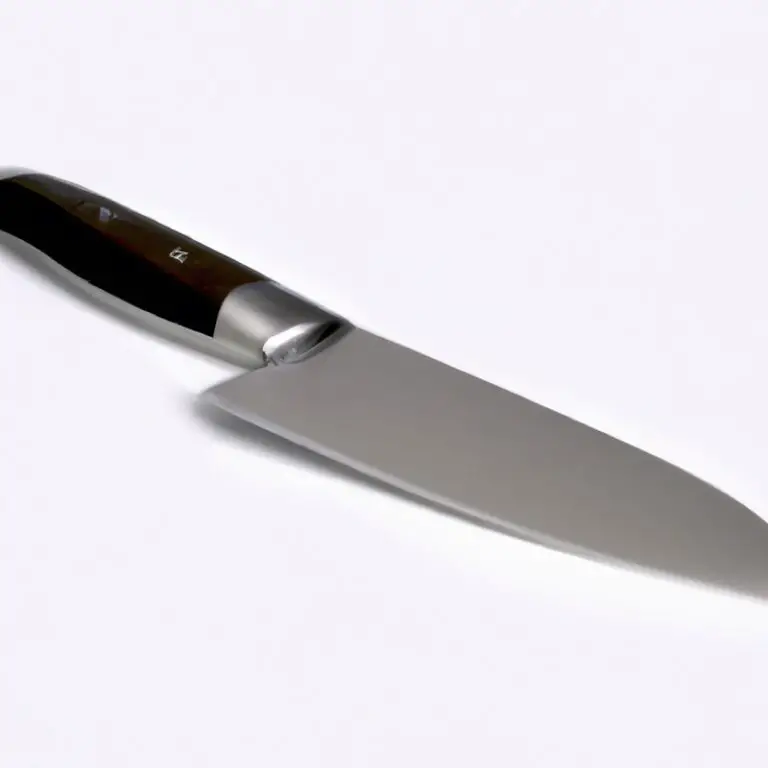Can I Use a Paring Knife To Trim Artichokes? Tips
Key Takeaways:
- While a paring knife can be used to trim artichokes, it may not be the most efficient tool.
- Using a proper artichoke knife can make the trimming process faster and easier.
- Be careful when trimming artichokes with a paring knife as the tough outer leaves can be hard to maneuver.
- Regardless of the tool used, always make sure to properly clean and prepare the artichoke before trimming.
Are you ready to elevate your artichoke game by giving them the perfect trim? Look no further than your trusty paring knife! As a home cook and lover of all things artichoke, I’ve honed my skills using a paring knife to trim these delicious veggies.
But before you grab your knife, let’s explore the pros and cons of using a paring knife for trimming artichokes, alternative tools you can use, and some tips and common mistakes to keep in mind.
Follow along for a step-by-step guide to mastering the art of trimming artichokes with a paring knife!
| Yes | No | |
|---|---|---|
| Paring knife | X | |
| Artichoke knife | X |
Overview of Trimming Artichokes
Trimming artichokes involves carefully removing the tough outer leaves and thorny tips to reveal the edible heart. This process can be done with a paring knife, although other specialized tools may make the job easier.
Proper trimming techniques are important to ensure that the artichoke is clean and ready to cook.
Key benefits of optimally trimming artichokes include enhancing their flavor and texture.
Understanding Paring Knives
A paring knife is a small, sharp knife that is typically used for peeling and precision cutting. Paring knives generally have a blade length of 3 to 4 inches and a pointed tip that makes them perfect for detailed work.
They are commonly used for tasks such as peeling and coring fruits and vegetables, trimming meat and poultry, and cutting small items like garlic or shallots.
When it comes to trimming artichokes, a paring knife can be a useful tool for removing tough outer leaves and trimming the stem, but it may not be the most efficient option for larger artichokes. When selecting a paring knife, look for one with a comfortable grip and a sharp, sturdy blade.
High-quality paring knives are often made from stainless steel or high-carbon steel and can last for years with proper care and maintenance.
Pros and Cons of Using a Paring Knife for Trimming Artichokes
Pros of Using a Paring Knife for Trimming Artichokes:
- Paring knives are a great option for delicate trimming work required for artichokes.
- Paring knives have a pointed tip that can easily remove small leaves and thorns.
- Paring knives have a smaller blade that offers precision cutting and control.
Cons of Using a Paring Knife for Trimming Artichokes:
- The small blade of the paring knife is not effective for large artichokes or heavy trimming.
- Using a paring knife requires more attention and time as it is a finer tool.
- If not handled carefully, paring knives can cause accidental cuts and injury.
Overall, using a paring knife for trimming artichokes is a good option for precise work but may not be suitable for larger artichokes or extensive trimming. Careful handling is necessary to avoid any injury.
Alternatives to Paring Knives for Trimming Artichokes
If you don’t have a paring knife, there are alternative tools you can use to trim artichokes. One option is to use scissors or kitchen shears.
Simply cut off the top of the artichoke and trim the tips of the leaves.
Another option is to use a vegetable peeler to remove the outer layer of the stem and the base of the leaves. You can also use a serrated knife to trim the artichoke, but be careful not to apply too much pressure to avoid damaging the flesh.
Additionally, some people prefer to use a grapefruit spoon or a melon baller to remove the artichoke’s choke after cooking.
Experiment with these tools to find what works best for you.
Tips for Using a Paring Knife to Trim Artichokes
Tips for Using a Paring Knife to Trim Artichokes:
- Hold the artichoke firmly and use the tip of the paring knife to remove the tough outer leaves.
- Use the knife to trim the top of the artichoke, cutting off about an inch from the top.
- Cut off the stem, leaving about an inch attached to the artichoke.
- Use the paring knife to trim the remaining tough outer leaves and the prickly thorns from the base of the artichoke, turning it as you go.
- Use the knife to trim any remaining tough spots, ensuring that the artichoke is as smooth and even as possible.
- Rinse the artichoke under cold running water to remove any remaining debris.
- Soak the artichoke in lemon water to prevent browning while preparing it for cooking.
With these tips, you can easily use a paring knife to trim artichokes and enjoy their delicious taste and health benefits. Happy cooking!
Step-by-Step Guide to Trimming Artichokes with a Paring Knife
Step-by-Step Guide to Trimming Artichokes with a Paring Knife:
- First, rinse the artichoke under cold running water to remove any dirt or debris.
- Lay the artichoke on its side and cut off the stem with a paring knife, leaving around ½ inch of the stem intact.
- Hold the artichoke by the stem and use the paring knife to trim off the tough outer leaves from the base, working your way around the artichoke.
- Once you have removed the tough outer leaves, use scissors to snip off the thorny tips of any remaining leaves.
- With a paring knife, trim off the top third of the artichoke.
- Use a spoon or a melon baller to remove the fuzzy choke in the center of the artichoke.
- Finally, rinse the artichoke one more time to remove any remaining debris or fibers from the center.
With these easy steps, you can trim artichokes quickly and efficiently with a paring knife. Remember to take care when removing the thorns and choke, and always use a sharp knife for the best results.
Common Mistakes to Avoid When Using a Paring Knife for Trimming Artichokes
When using a paring knife for trimming artichokes, there are some common mistakes that you should avoid. These include:
- Holding the knife too tightly, which can cause the blade to slip and lead to injuries.
- Cutting too much of the artichoke off, resulting in wastage and a less flavorful dish.
- Failing to remove all the tough outer leaves, resulting in a chewy and unpleasant texture.
- Not removing the choke properly, leaving behind unpleasant and hard-to-eat pieces.
- Rushing the process, which can lead to uneven cuts and potentially ruin the dish.
To avoid these mistakes, ensure you hold the knife gently, take your time, remove only the necessary amount of leaves, remove the choke thoroughly, and maintain a steady hand. Follow these tips and enjoy perfectly trimmed artichokes every time.
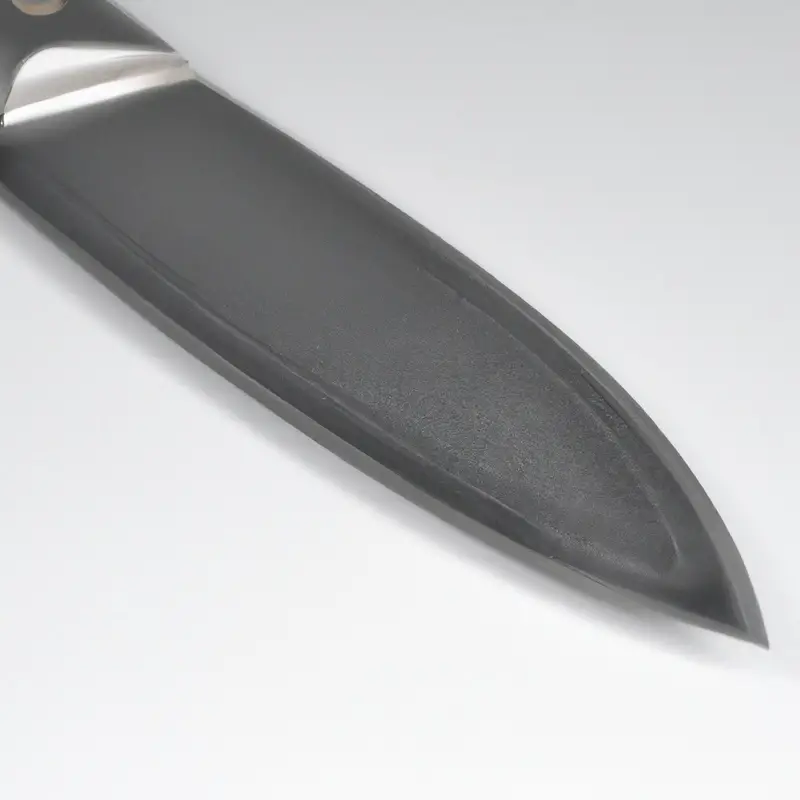
Preparing Artichokes for Cooking After Trimming
After trimming, artichokes need to be properly prepared for cooking. The first step is to remove the choke, which is the fuzzy, inedible center of the artichoke.
Use a spoon or a melon baller to scoop out the choke and any remaining thistles.
Then, rinse the artichoke under cold water and pat it dry with a towel. At this point, you can either steam or boil the artichoke until it is tender.
To steam, place the artichoke in a steamer basket over simmering water for about 30-45 minutes.
To boil, bring a pot of salted water to a boil and add the artichoke, cooking for 25-35 minutes. Once cooked, you can enjoy the artichoke as is with a simple dipping sauce, or use it in a recipe.
The possibilities are endless, from salads to dips to pasta dishes.
Just be sure to follow a recipe that calls for pre-cooked artichokes or adjust the cooking time accordingly.
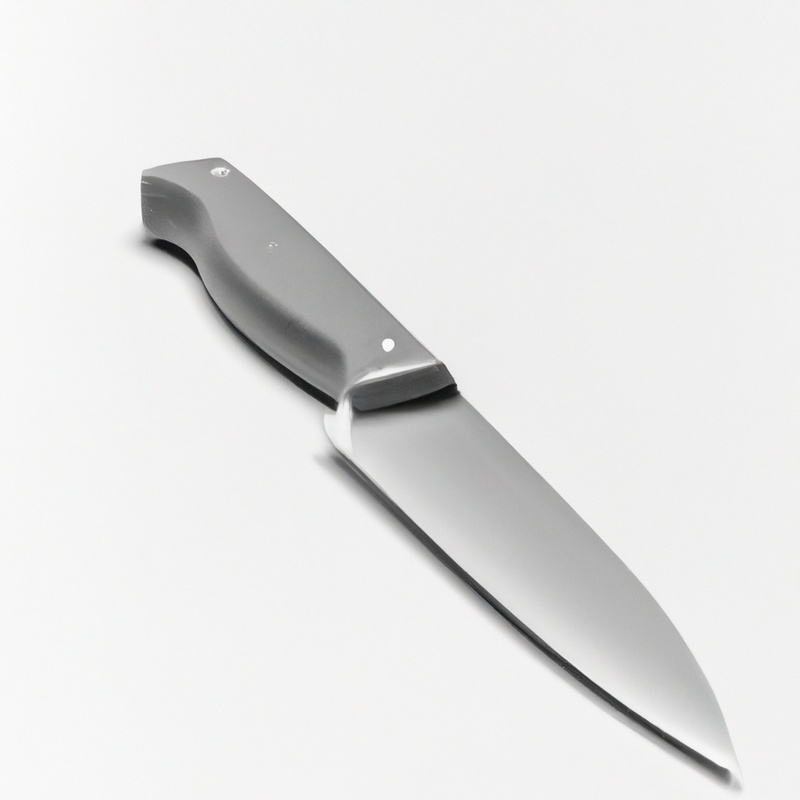
Advantages of Using a Paring Knife for Trimming Artichokes
Using a paring knife for trimming artichokes offers numerous advantages. Firstly, a paring knife is small and has a sharp blade that can easily cut through tough leaves and stems of artichokes.
This makes the trimming process quick and efficient.
Secondly, a paring knife allows for better precision and control when trimming artichokes. Its small size makes it easier to maneuver around the intricate curves and angles of the vegetable, enabling one to achieve a clean and even cut.
Thirdly, using a paring knife to trim artichokes is cost-effective as opposed to investing in specialized tools for trimming vegetables.
It also saves space in the kitchen as one knife can serve multiple purposes, and it is easy to clean and maintain. Lastly, using a paring knife for trimming artichokes offers a hands-on experience in the kitchen.
One can have fun experimenting with different techniques and styles of trimming artichokes to achieve desired results.
Using a paring knife for trimming artichokes offers precision, control, cost-effectiveness, and an enjoyable hands-on experience in the kitchen.
Final Verdict
Using a paring knife to trim artichokes is a viable option for those looking for a precise and delicate cut. While there are alternative tools available, a paring knife’s sharpness and versatility make it a practical choice for those with experience in the kitchen.
By following the tips and step-by-step guide provided, you can successfully prepare your artichokes for cooking with confidence.
Remember to avoid common mistakes and take advantage of the benefits that come with using a paring knife. With practice, you’ll master this technique and create beautifully trimmed artichokes that will impress all who taste them.
Trust in the reliability of this information, and implement these tips today to elevate your artichoke trimming game.

